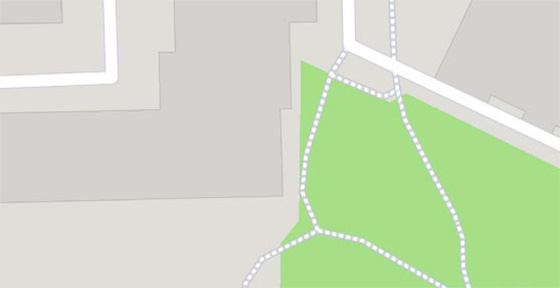The Ha'penny Bridge is a pedestrian bridge built in May 1816 over the River Liffey. It was made of cast iron and cast in Shropshire, England. It is 43 m long, 3 m wide and rises about 3 m above the river surface. It is now painted white, in the past had black and silver finishes, and was covered with billboards. It owes its present appearance to a thorough renovation in 2001.
Prior to the construction of the Ha'penny Bridge, the Liffey crossing was served by seven William Walsh ferries. In the early 1800s, the boats were in such poor condition that Walsh was given an ultimatum - either he needs to repair them or build a bridge. Walsh chose the latter and was granted the right to levy the toll.
The bridge was originally named the Wellington Bridge in honor of the Duke of Wellington, but was later renamed the Liffey Bridge. Even though it is still its official name, it is known primarily as the Ha'penny Bridge. It refers to the passage fee, which until 1919 was 1.5 pence (ha'penny).
Attractions inside




